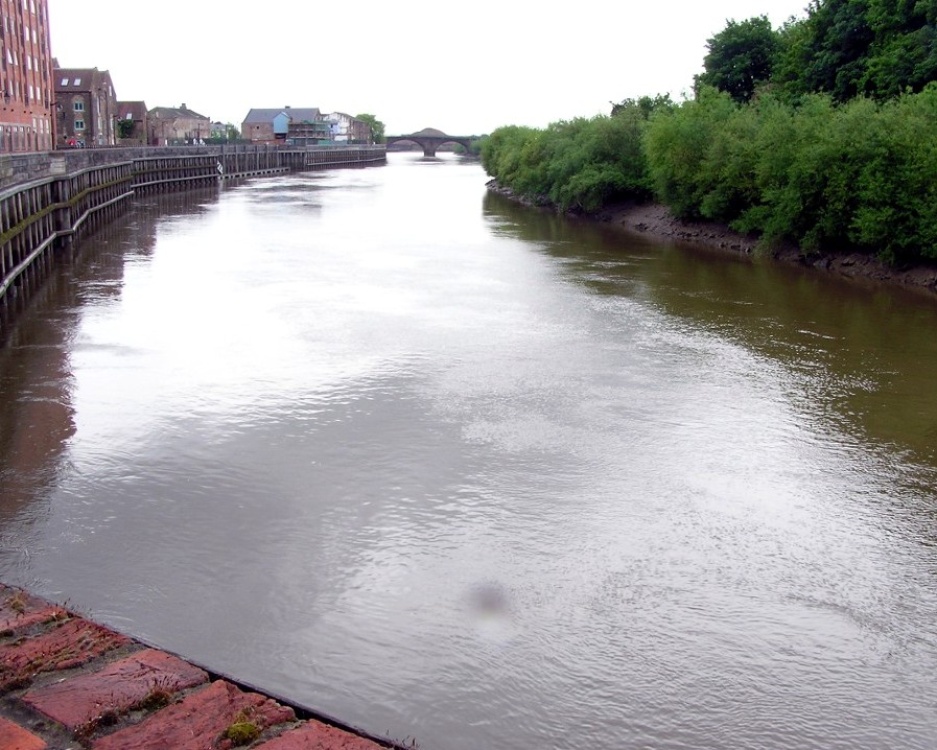 |
River Trent at Gainsborough, Lincolnshire This picture appears in the following picture tour: |
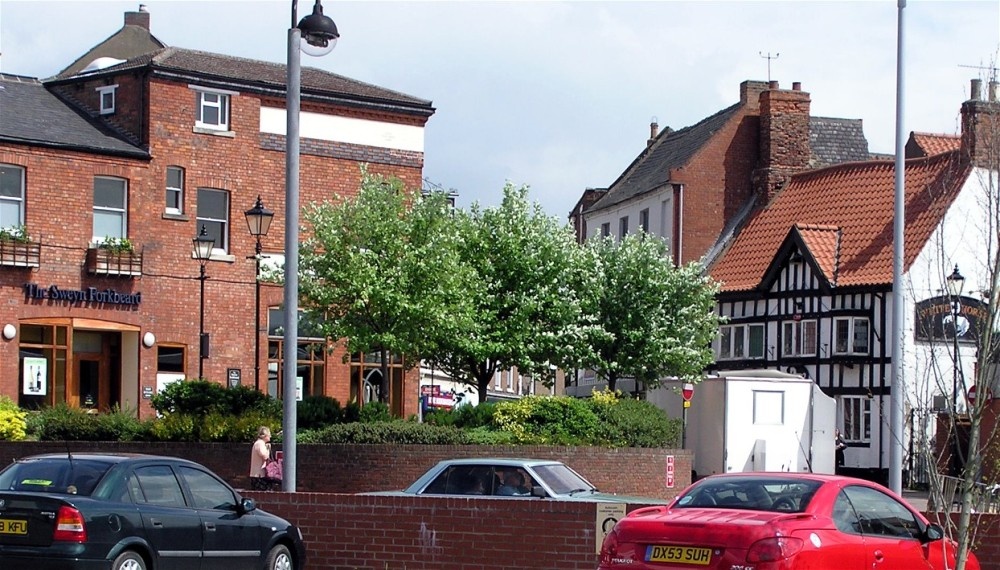 |
Silver Street, Gainsborough, Lincolnshire This picture appears in the following picture tour: |
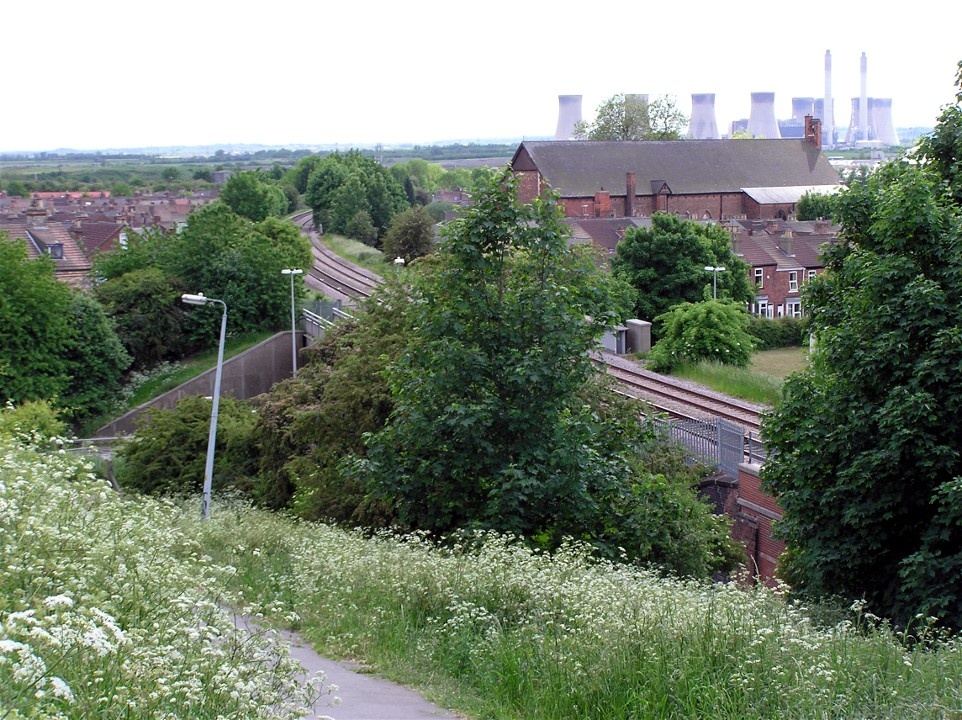 |
A picture of Gainsborough view from Scout's Hill, Gainsborough, looking south. The large brick building is St. John the Divine Church. In the distance is West Burton Power Station. This picture appears in the following picture tour: |
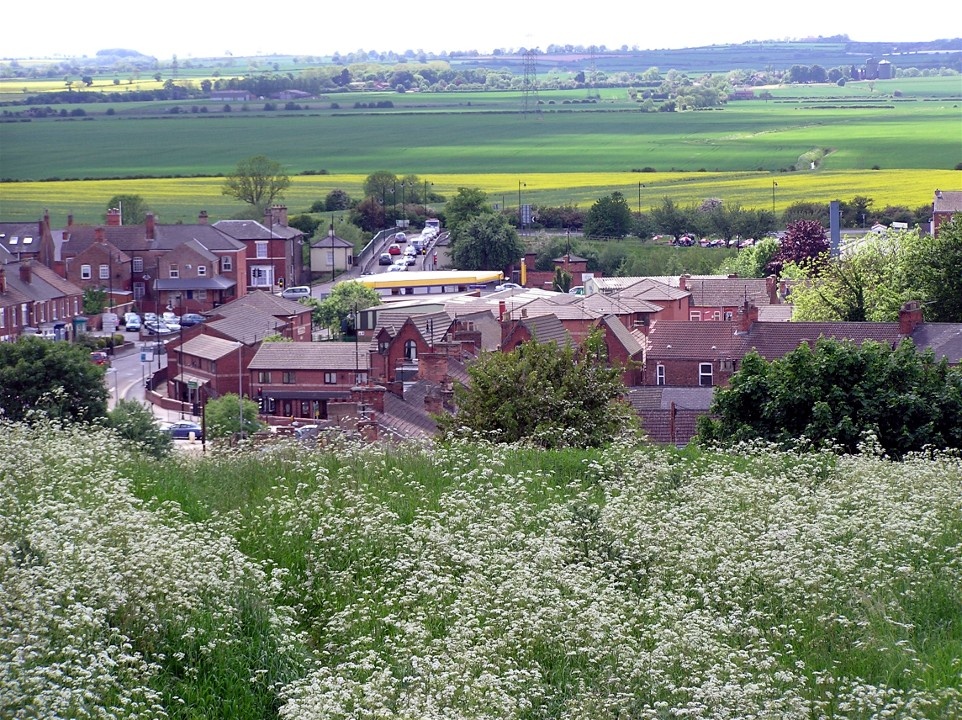 |
view from Scout's Hill, Gainsborough, looking west towards the Trent Bridge This picture appears in the following picture tour: |
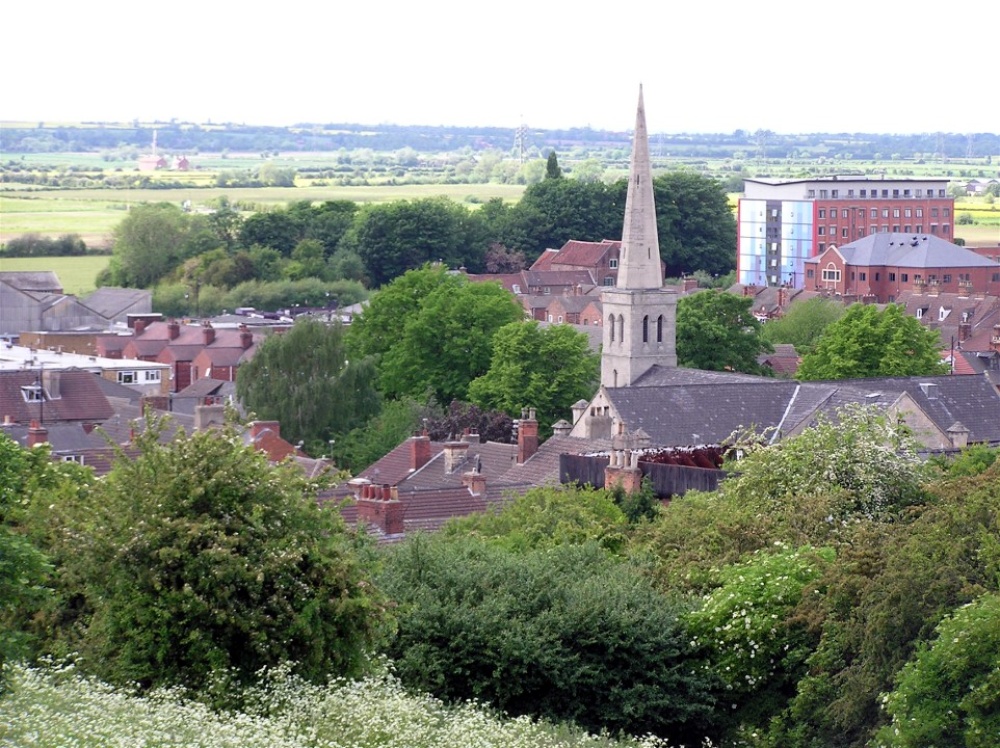 |
A picture of Gainsborough view from Scout's Hill, Gainsborough, looking west towards the spire of Trinity Arts Centre, and beyond to Whitton's Mill This picture appears in the following picture tour: |
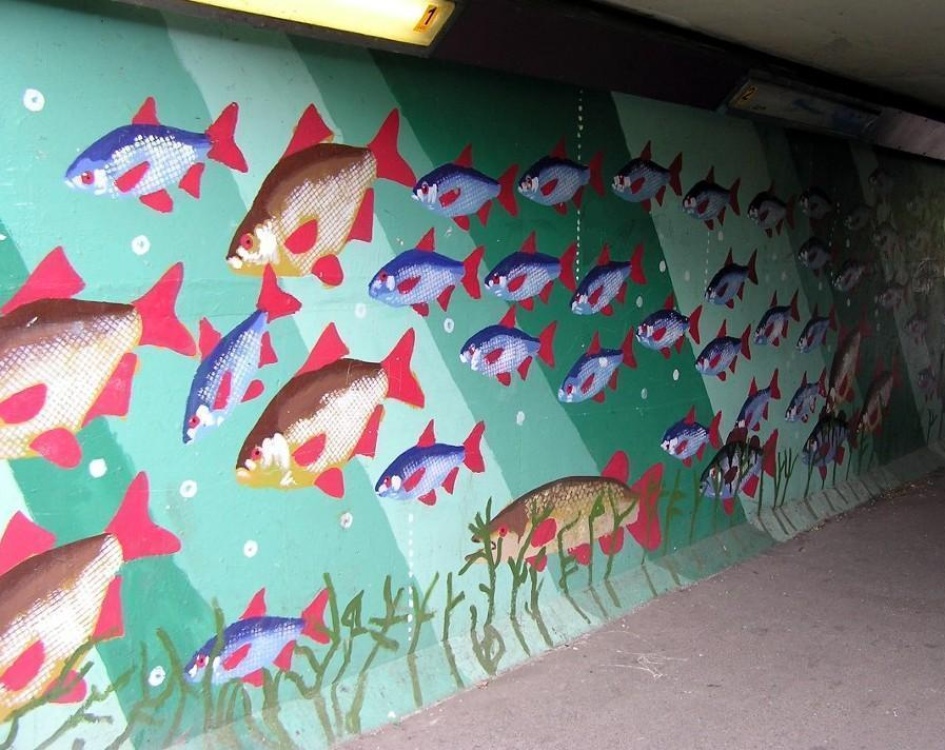 |
A picture of Gainsborough The underpass underneath the railway on Middlefield Lane was brightened up by local children with this fine mural This picture appears in the following picture tour: |
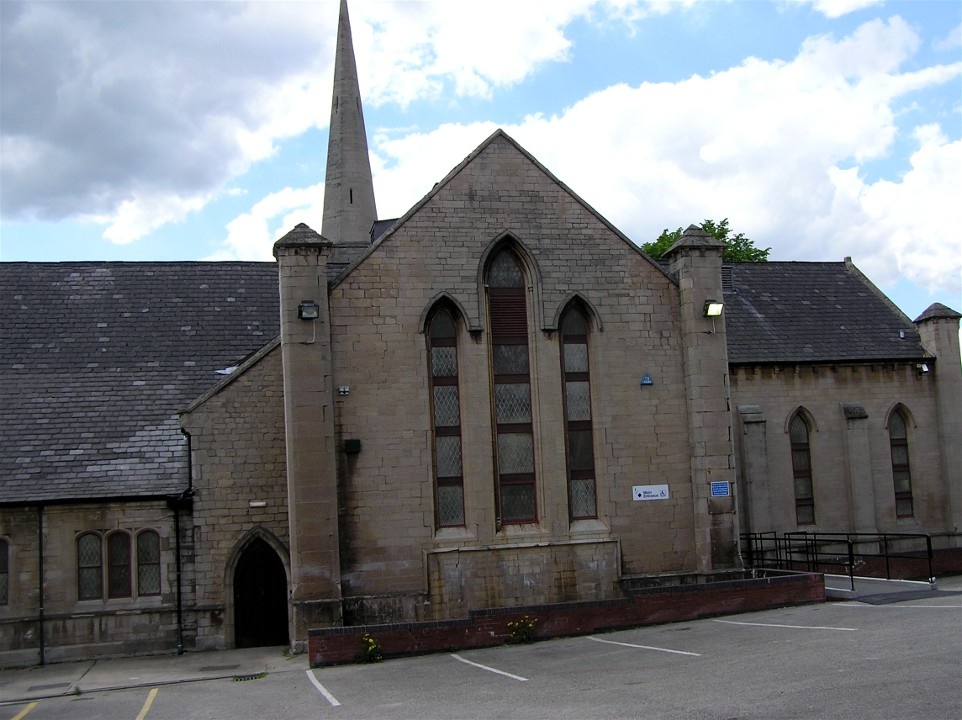 |
Trinity Arts Centre, Gainsborough, Lincolnshire - the east side This picture appears in the following picture tour: |
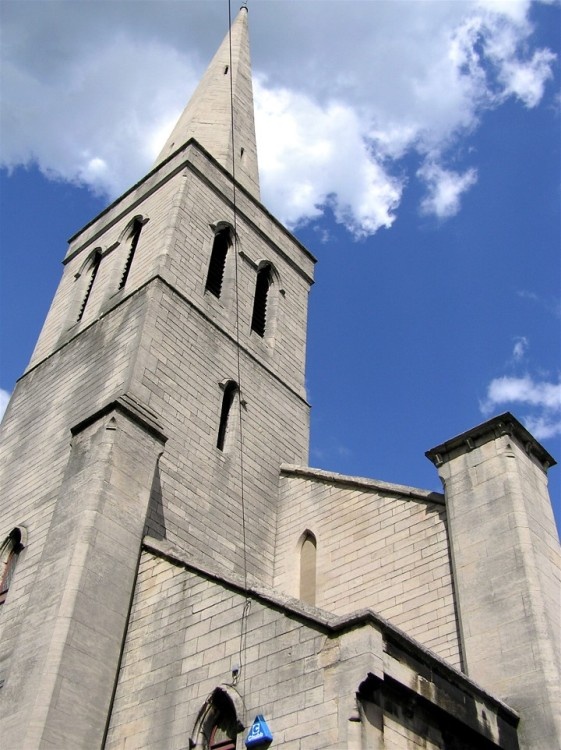 |
A picture of Gainsborough Trinity Arts Centre, Gainsborough, Lincolnshire. This is located in the former Holy Trinity Church. Although no longer used as a church, much of the original building still exists, including the impressive spire. This picture appears in the following picture tour: |
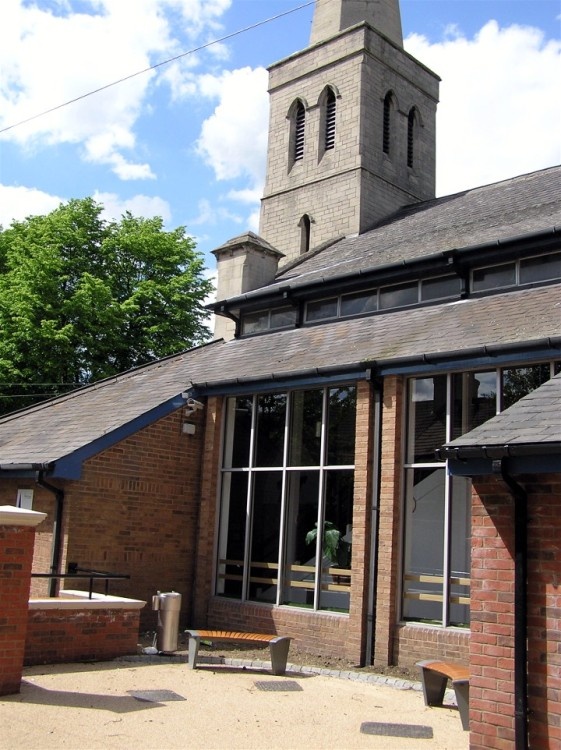 |
A picture of Gainsborough Trinity Arts Centre, Gainsborough, Lincolnshire. This is located in the former Holy Trinity Church. Although no longer used as a church, much of the original building still exists. This picture appears in the following picture tour: |
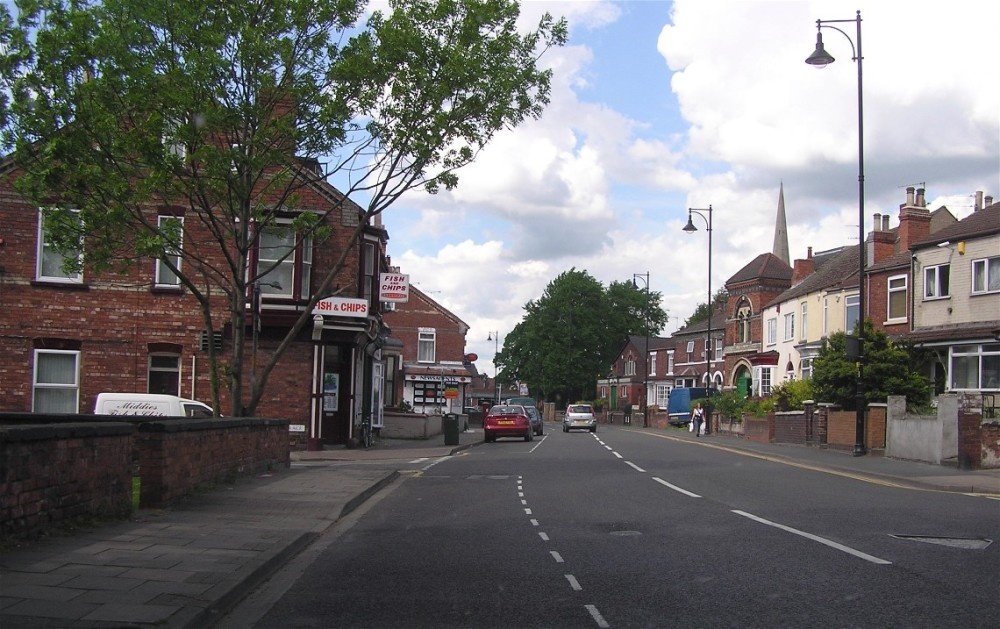 |
Trinity Street, Gainsborough, Lincolnshire This picture appears in the following picture tour: |
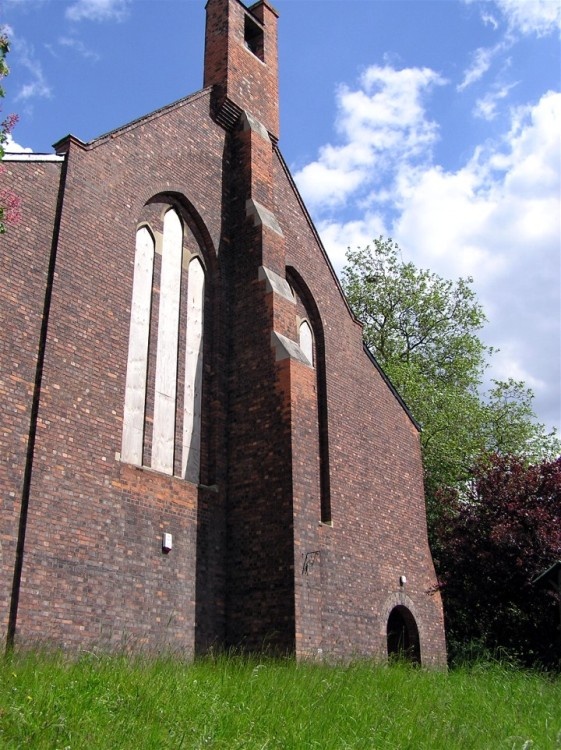 |
A picture of Gainsborough St. John the Divine Church, Gainsborough, Lincolnshire (now sadly no longer used and boarded up). This grand brick-built church was built during the 19th Century. This picture appears in the following picture tour: |
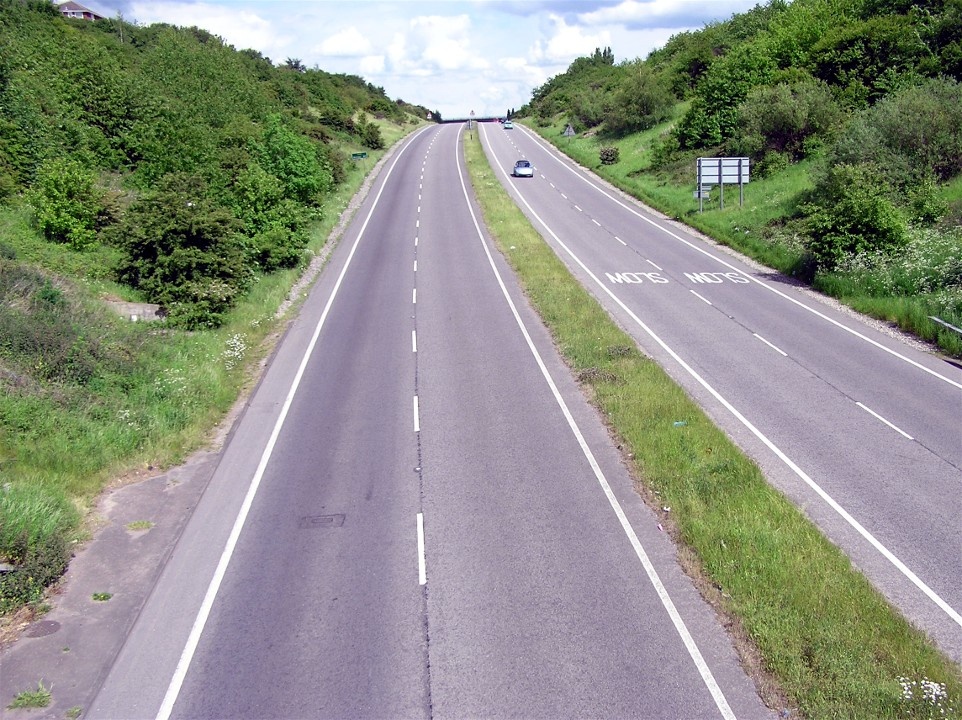 |
another view of Thorndike Way, Gainsborough, from the footbridge that crosses the carriageway This picture appears in the following picture tour: |
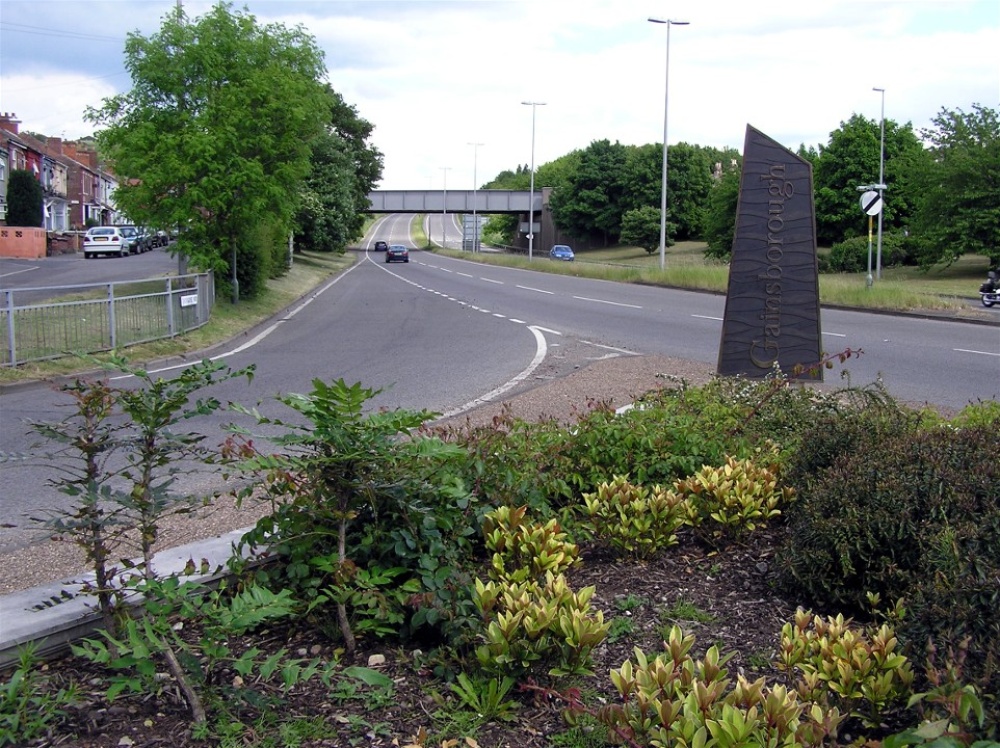 |
A picture of Gainsborough Thorndike Way, Gainsborough - the main route into the town from the east, named for the Gainsborough-born actress Dame Sybil Thorndike (1882-1976) This picture appears in the following picture tour: |
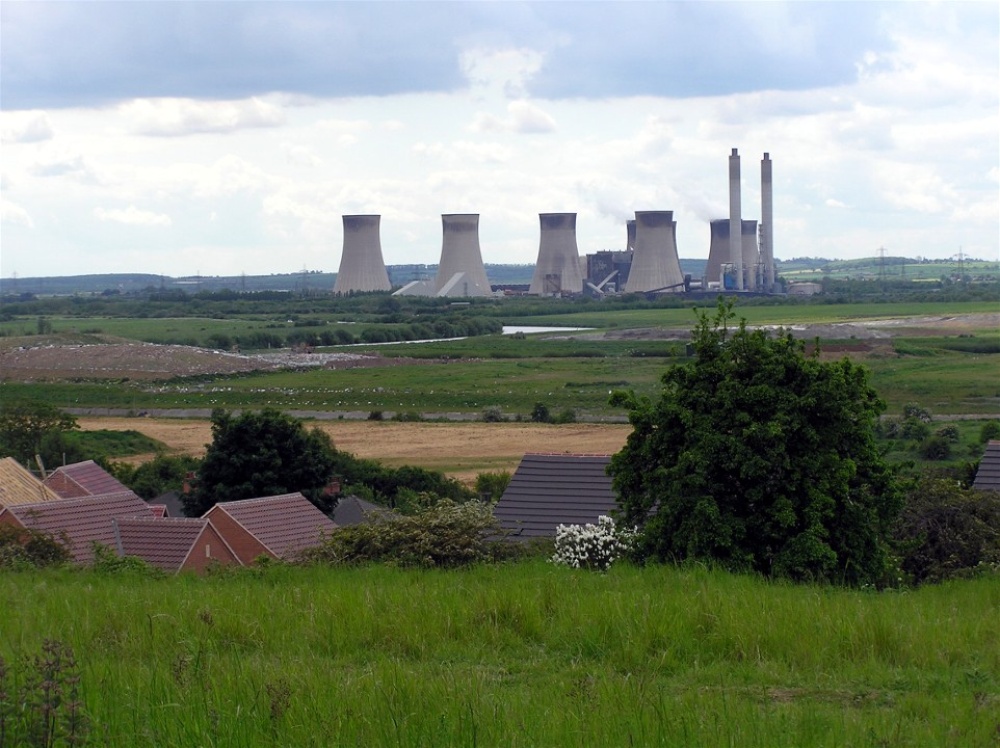 |
A picture of Gainsborough view from Foxby Hill, Gainsborough, Lincolnshire, looking west across the River Trent. This is where the Royalists fled to in panic after their defeat at the Battle of Gainsborough in 1643, and where their leader Cavendish was knocked from his horse and killed with a sword thrust to his chest by Cromwell\'s captain-lieutenant Berry. In the distance is West Burton Power Station. This picture appears in the following picture tour: |
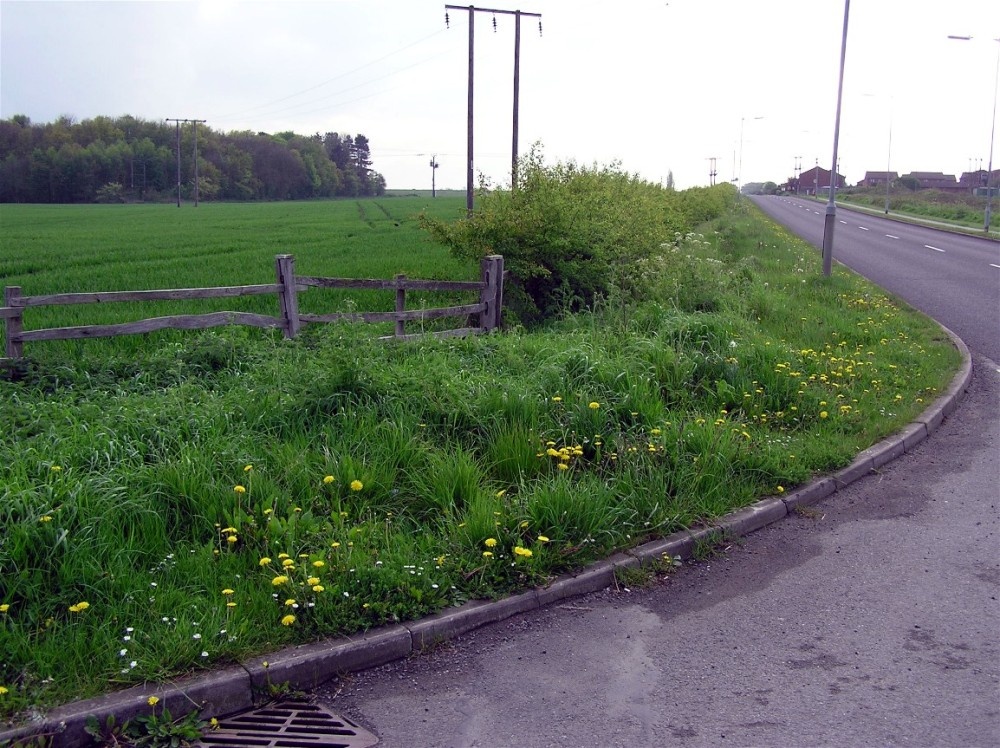 |
A picture of Gainsborough Foxby Hill, Gainsborough, Lincolnshire, site of the Battle of Gainsborough, 1643. This a view from the top of the hill looking west. Cavendish's Royalist army was positioned to the right of the road (where the modern houses are now). To the left is Warren Wood, from the direction of which the Parliamentarians launched their charge. This picture appears in the following picture tour: |
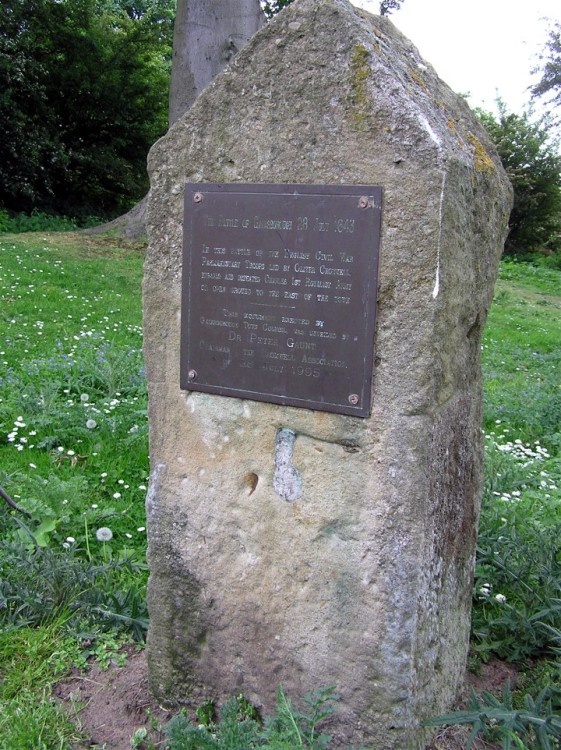 |
A picture of Gainsborough Foxby Hill, Gainsborough, Lincolnshire, site of the Battle of Gainsborough, 1643. This memorial stone commemmorates the battle. The plaque reads "The Battle of Gainsborough 28 July 1643. In this battle of the English Civil War, Parliamentary troops led by Oliver Cromwell engaged and defeated Charles 1st Royalist Army on open ground to the east of the town." This picture appears in the following picture tours: |
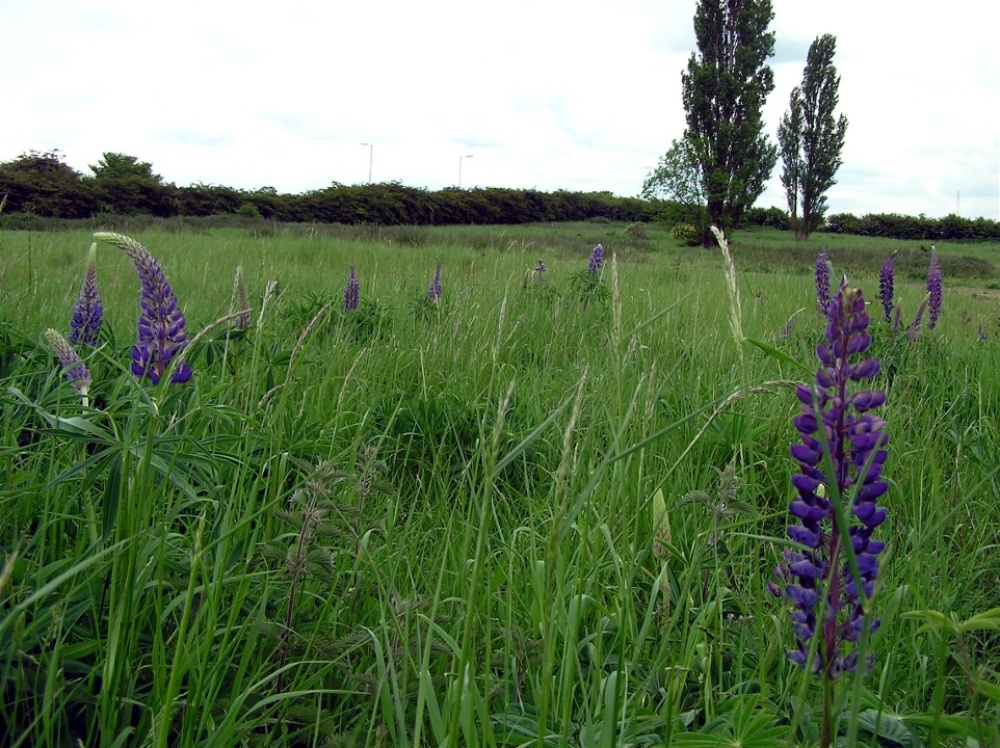 |
A picture of Gainsborough Foxby Hill, Gainsborough, Lincolnshire, site of the Battle of Gainsborough, 1643. The Royalist force under Cavendish was positioned at the top of the hill (just beyond the two trees in this picture). It is across this ground that the Parliamentarians charged into the Royalists. There was never anything romantic about civil war battles, and we can imagine dead and maimed men and horses littering the hillside. This picture appears in the following picture tours: |
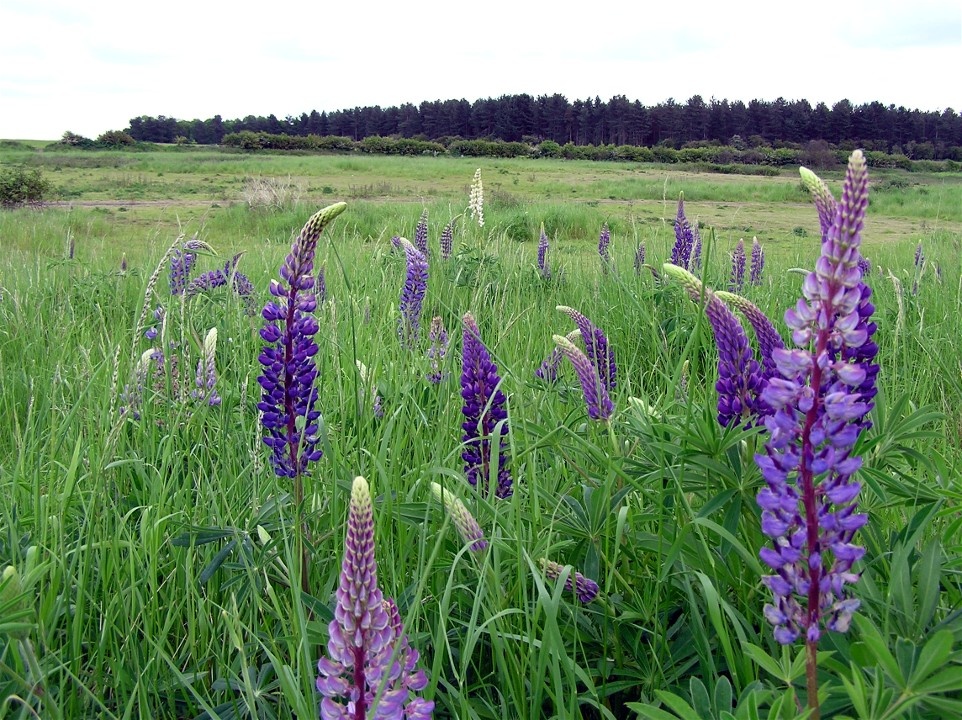 |
A picture of Gainsborough Foxby Hill, Gainsborough, Lincolnshire, site of the Battle of Gainsborough, 1643. It is across this ground that Cromwell and Meldrum launched their cavalry charge from the direction of Warren Wood (in the distance) towards the Royalist force at the top of the hill. This picture appears in the following picture tour: |
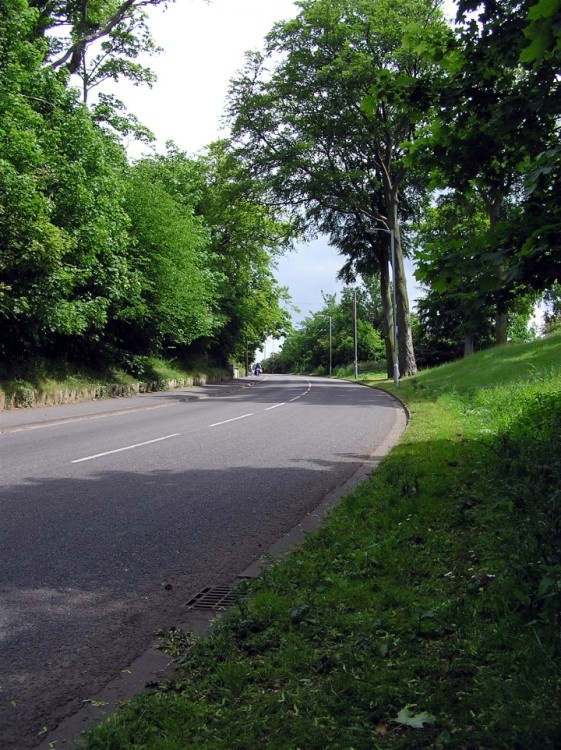 |
A picture of Gainsborough Foxby Hill, Gainsborough, Lincolnshire, site of the Battle of Gainsborough in 1643 (during the English Civil War). On 20 July 1643, Lord Willoughby of Parham captured Gainsborough in Lincolnshire for Parliament. Gainsborough, on a crossing of the River Trent, was of strategic importance as a potential block against the Marquis of Newcastle's advance from the north; Parliament's Committee of Safety ordered Sir John Meldrum and Colonel Oliver Cromwell to reinforce Lord Willoughby, who was threatened by a strong force of Royalist cavalry commanded by Newcastle's kinsman Charles Cavendish. Meldrum's force encountered Cavendish's horse on the morning of 28 July. The Royalists were positioned on Foxby Hill, a sandy plateau to the south of Gainsborough. The Parliamentarians succeeded in gaining the high ground and routed the main body of the Royalists in a furious cavalry charge. While most of the Parliamentarians chased the fleeing Royalists, Colonel Cromwell realised that Cavendish had kept one regiment in reserve and was preparing to counterattack the undefended Parliamentarian rear. Rallying his own regiment, Cromwell allowed Cavendish's force to ride past, then turned the tables by leading his troops in a charge against the Royalist rear. The Royalists were completely routed and Cavendish himself was killed in the mêlée. Later that day, as Meldrum and Cromwell supervised the reprovisioning of Gainsborough, news came of another Royalist force approaching from the north. The Parliamentarian commanders sallied out with their cavalry and 400 of Willoughby's infantry, only to find themselves face-to-face with Newcastle's main army, commanded by the Marquis himself. Cromwell's troopers fought a disciplined rearguard action to cover the withdrawal of the Parliamentarians. Cavalry detachments commanded by Captain Ayscough and Major Whalley were ordered to retire alternately and succeeded in holding Newcastle's whole army at bay as the main Parliamentarian force withdrew to Gainsborough for the loss of only two men. The Parliamentarians were unable to hold out against Newcastle's main army. Lord Willoughby abandoned the town and retreated to Boston, but the skirmishing around Gainsborough gives an indication of the increasing sophistication of Parliamentary cavalry tactics, and of the leadership skills of Oliver Cromwell in particular. This picture appears in the following picture tour: |
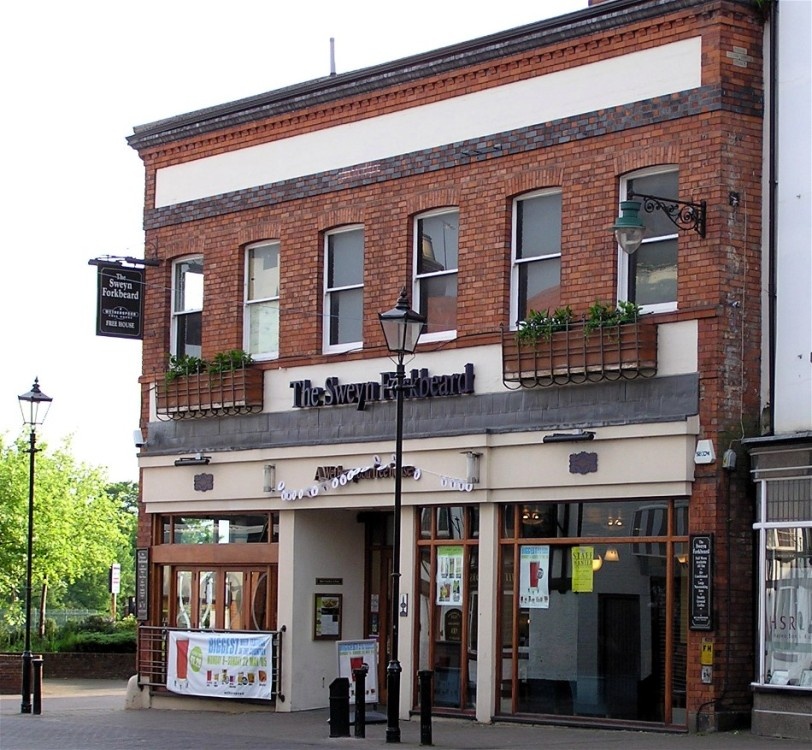 |
A picture of Gainsborough The Sweyn Forkbeard, Silver Street, Gainsborough, one of the J.D. Weatherspoon chain of pubs, named for the famous Viking King who came to Gainsborough in 1013 to launch an invasion and conquest of England This picture appears in the following picture tours: |